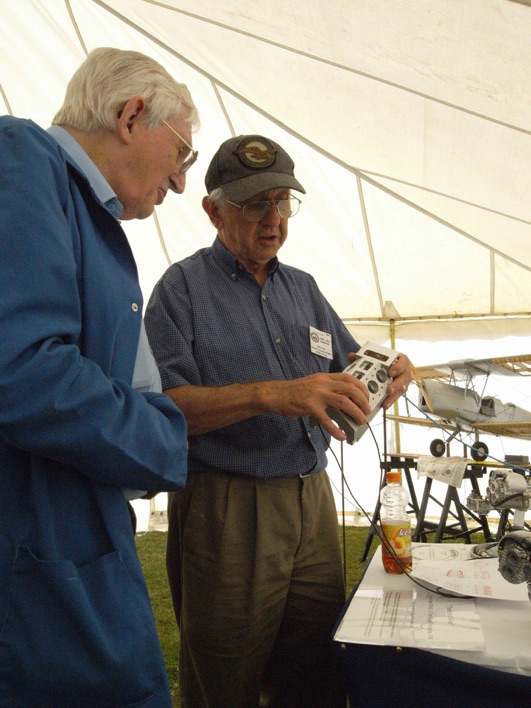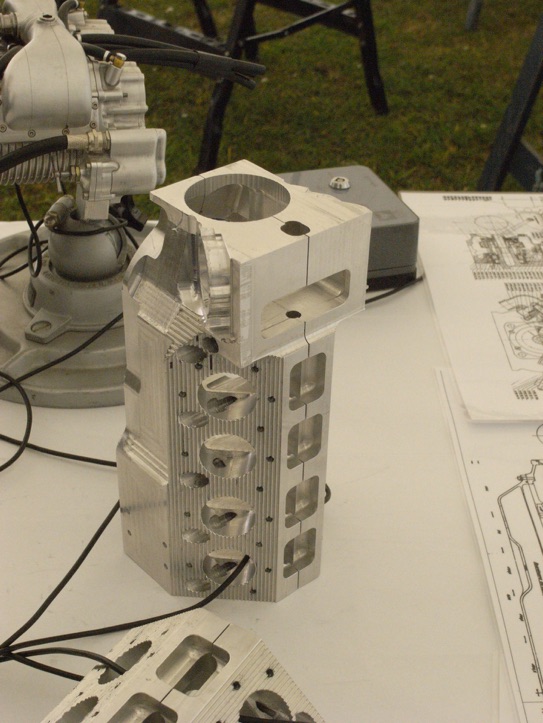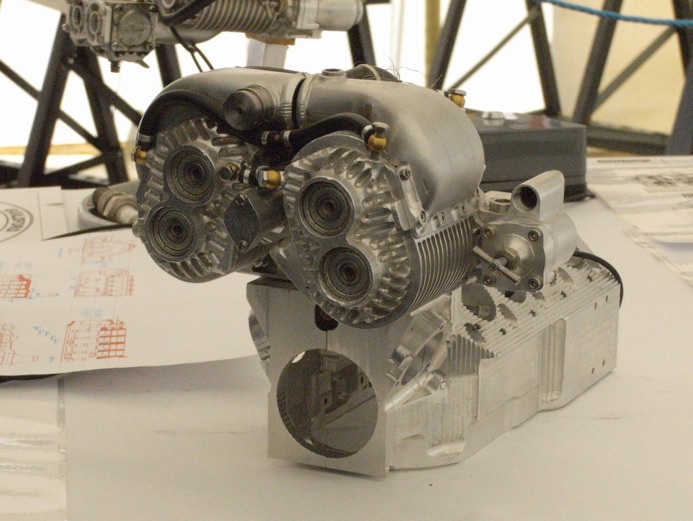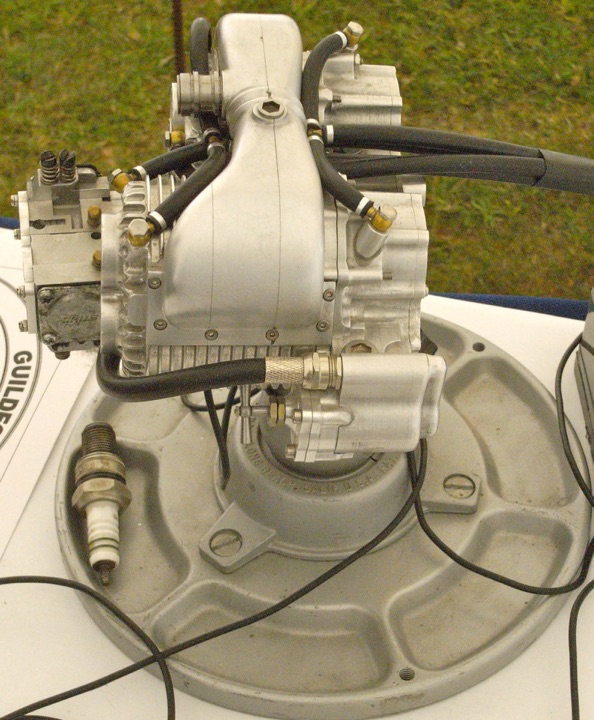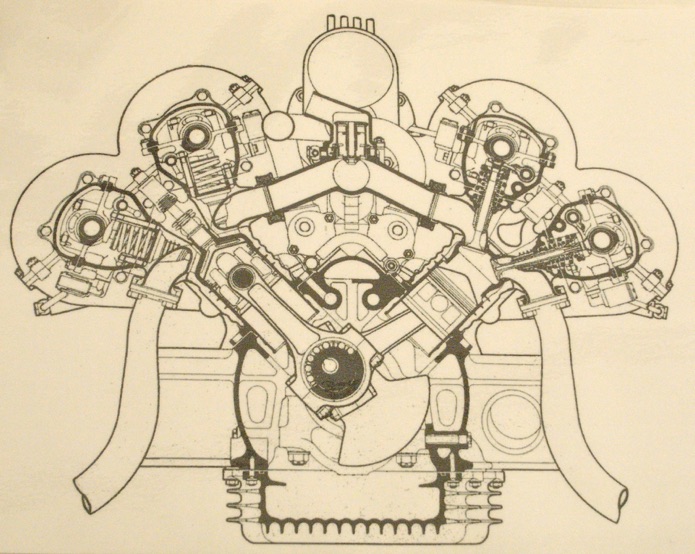Through the 1930s the German Mercedes Benz and Auto Union ‘Silver Arrows’ were all conquering in Grand Prix racing. However, the Italians had a plan to regain advantage by developing 1.5 litre engines which, to German surprise in 1938 was to be the limit for cars for racing in 1939. They were left with the impossible task of developing cars in just eight months in time for the Tripoli Grand Prix. In those days Tripoli was a prestigious event in a prosperous Libya. In those pre-computer days the minimum lead time for a new GP car was 18 months.
Max Sailor MB managing director set the factory to work day and night and special bonuses were offered. The Untertürkheim plant was off limits to anyone without a special pass. What emerged was the type W165, a scaled down version of the earlier successful cars.
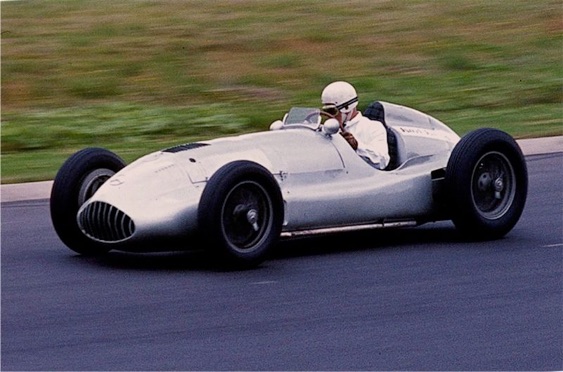
Under the bonnet was a new V8 with four overhead camshafts and two two-stage superchargers, developing 254 bhp at 8250 rpm, powered by a cocktail of alcohol, nitrobenzene, ether and acetone. Performance was well ahead of the Alfa Romeo and Maserati cars, and Mercedes Benz finished one/two in Tripoli, with Lang ahead of Caracciola and four minutes ahead of the fastest Italian car. It was to be their only victory, only race indeed, before World War II started, and they took on a propaganda role. Mike has dubbed them ‘Tarnished Silver’.
Both cars have survived, and documentation seized by the Allied security people at the end of the war was eventually returned to MB. With access to that Mike Tull has, therefore, been able to start to build two 1:3 scale replicas of the W165 engines. Clearly this is long term project. And complex. As Mike has found out. Not least the problems of machining the cylinder heads once the datum faces have been machined off. More fortunate, the superchargers are large in relation to the rest of the engine.






